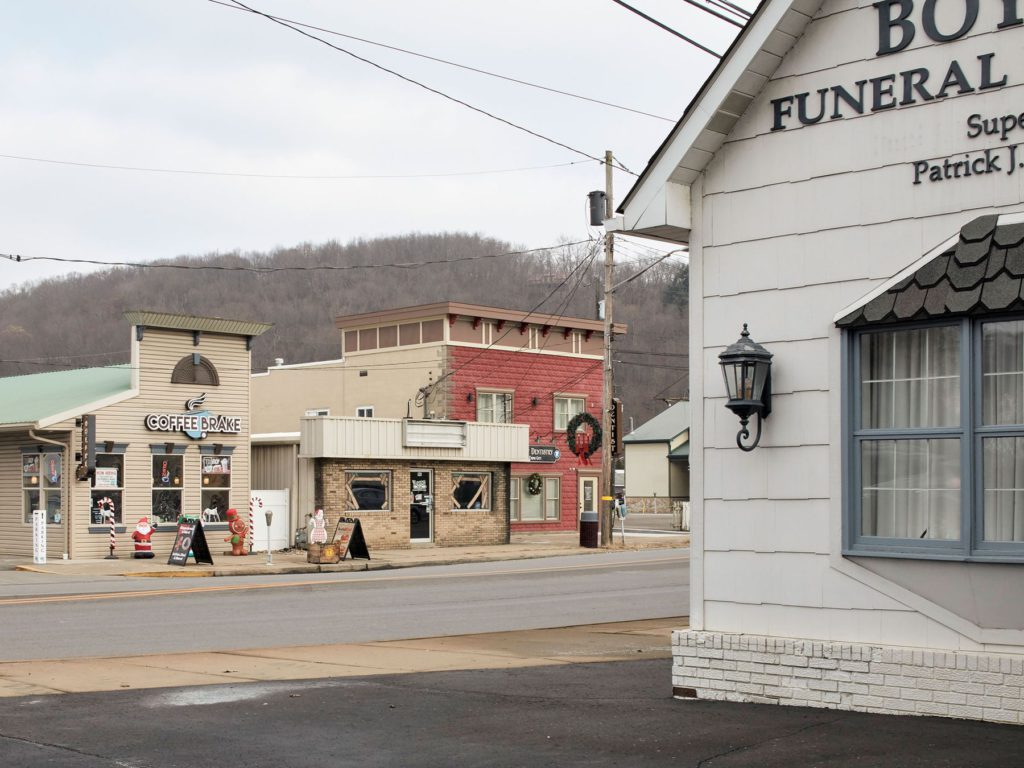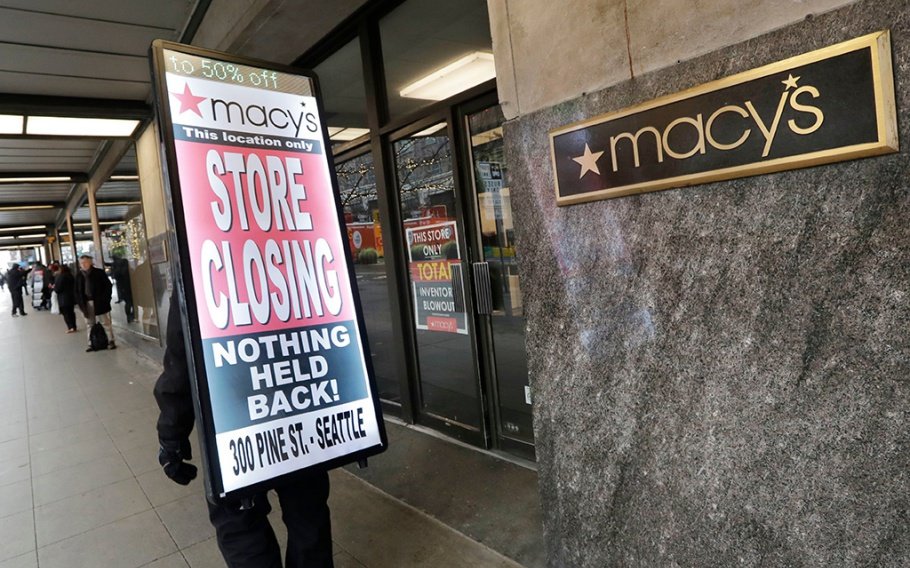With more than 300,000 deaths and millions displaced, hope for a coronavirus vaccine seems to be at hand, but the U.S. economy is facing a dark winter and most economic activity is still at a standstill.
According to the data recently released by the U.S. Department of Labor, 245,000 new non-agricultural jobs were added in the United States in November, far below the market’s expected 400,000 non-agricultural jobs.
As the number of confirmed cases and deaths of COVID-19 soars to record highs, states are implementing new restrictions, which may lead to more unemployed people. The U.S. economy could shrink nearly 3% at the end of 2020 compared to the beginning of the year, according to Bloomberg.
The U.S. economy is facing a severe winter.
According to the latest data released by Bloomberg Economics, at a time when the American people are waiting for a coronavirus vaccine and the U.S. Congress is struggling to agree on a new stimulus package, almost every economic indicator has not improved, and the U.S. economic recovery faces serious challenges.
Reservations fell for the fourth consecutive week, down about 65% compared to the same period last year, according to OpenTable, a restaurant reservation platform. The number of people applying for unemployment insurance has soared to a four-month high, indicating that the large number of business closures is putting great pressure on the U.S. labor market. Meanwhile, more than one-third of the unemployed in the United States have been unemployed for 27 weeks or more.
Some industries in the United States have recovered slowly.
A Bloomberg analysis of financial data from 3,000 large U.S. listed companies found that one in five companies were not profitable enough to pay interest on their debts and became “financial zombies”, including Boeing, Delta Airlines, ExxonMobil and Macy’s. They have added nearly $1 trillion in debt on their balance sheets since the pandemic.
In addition to large listed companies, a large number of small and medium-sized enterprises are also at a standstill and have to rely on federal assistance. Richard Buckham, global chief economist of CBRE, said, “If the U.S. economy gradually recovers and federal aid is eventually cancelled, the result is likely to be a surge in the number of bankrupt enterprises. Even with more and more Americans getting vaccinated, it could be too late for many businesses.”
He also said that the recovery of most commercial real estate, such as office buildings and shopping malls, will take two or three years to recover.
Chris, a souvenir dealer in Pennsylvania, said: “I hope tourists will come back in front of my eyes and the shopping mall in front of my home will reopen. If visitors return and the COVID-19 vaccine does work, we may return to the pre-pandemic life. But it remains to be seen.”

Bloomberg commented that it is difficult for the United States to achieve economic recovery in the short term, and even with the coronavirus vaccine, the goal of returning to the pre-epidemic state at the beginning of next year seems to be far away.
The number of COVID-19 deaths in the United States will continue to rise.
Several U.S. media reported that in the past week, nearly 17,000 people have died of COVID-19 in the United States, with an average of more than 2,400 deaths in a single day, the highest since the outbreak of the epidemic, equivalent to one death every 40 seconds.
Public health experts say the number of deaths from COVID-19 in the United States will continue to rise this winter, and vaccines will do little to slow the “torrent of the epidemic” this winter.
The University of Washington Institute of Health Metrics and Evaluation models predict that even with the expected vaccine launch, the number of COVID-19 deaths in the United States will be about 530,000 by April 1, 2021.

Jason Schwartz, assistant professor of public health at Yale University, said that in the coming months, the American people will still need to wear masks, maintain social distancing and avoid participating in large gatherings.
“Vaccines are a new weapon that we are extremely valuable and desperately need in the fight against the pandemic, but it’s not the only weapon we have, and we cannot use it as a substitute for those weapons we’ve always had (masks, social distancing)” he said.



